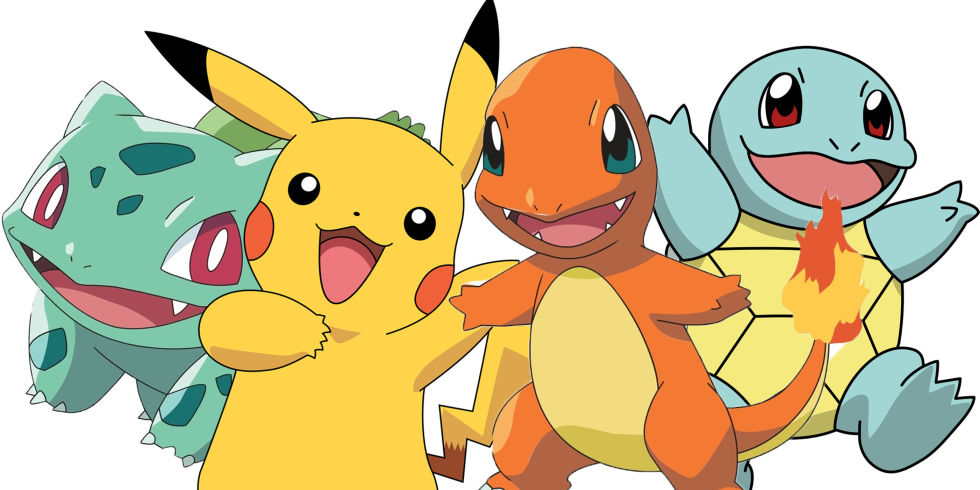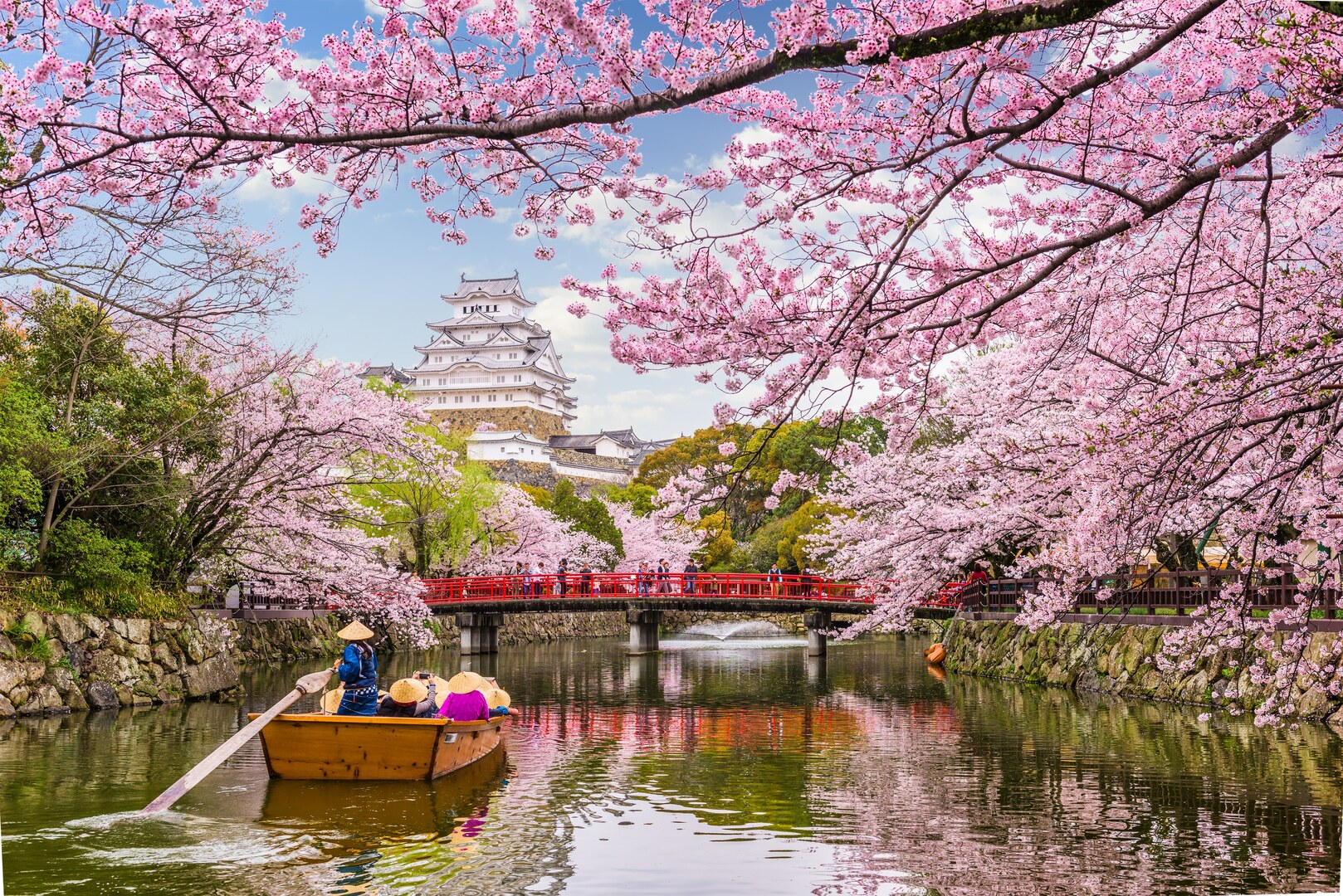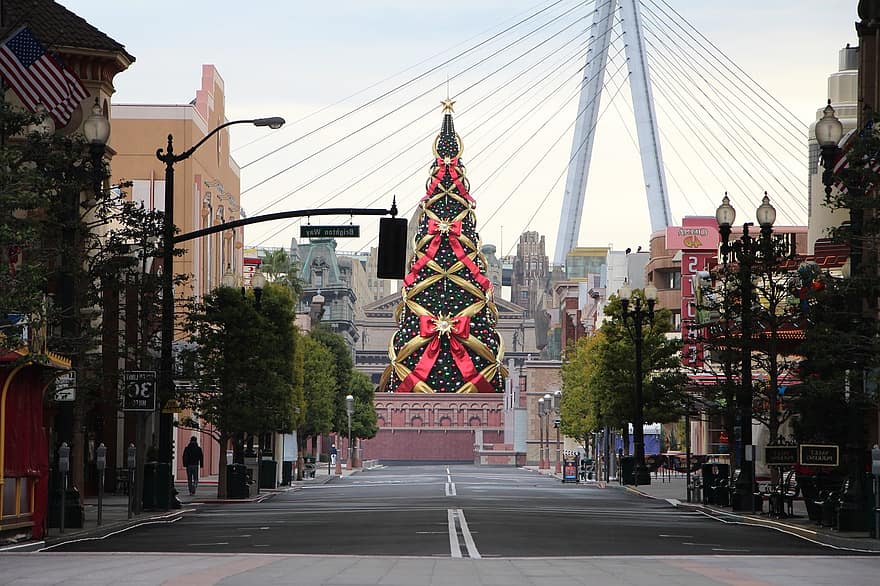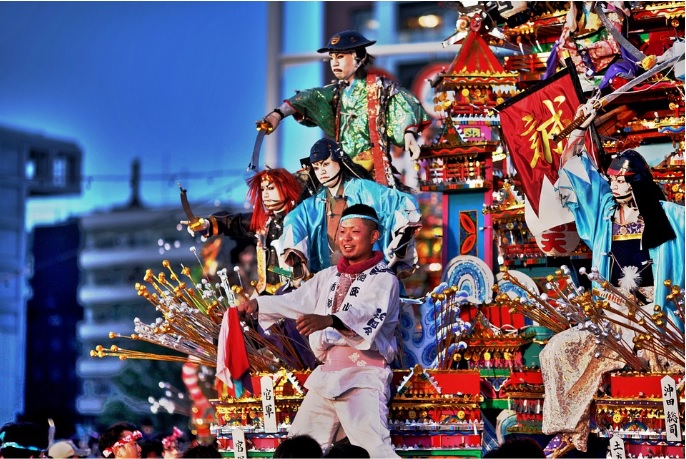
Finally, Pokemon Go and augmented reality have made our fantasies to hunt and grow our pokemon, be a real trainer by beating gym trainers, and using real money to buy pokeballs. However, in terms of reality, did you know that aside from animals and real places in Japan as basis, there are things that are closely related between Japanese culture and some Pokemon?
We listed here some of the cultural influences of Japan that is actually incorporated to this very addicting anime series. You'll surely be a well-informed Pokemon Trainer after this!
1. Darumaka is a Japanese doll.

That round fire-type darumaka obviously came from daruma doll (yep, the name has to make it obvious). Daruma dolls are actually paper maches modeled from Bodhidharma, the founder of Zen allegiance of Buddhism. When you buy this doll, its eyes are blank. You are the ones to paint its eyes. First, you need to have a goal. You paint only one of the eyes of the doll. After you accomplished your goal, that is the time you have to paint the other. In a festival, these daruma dolls are brought back to the temple where it was purchased-- and it will be burned.


2. Drowzee is not an ordinary tapir.
Drowzee is basically a tapir. But did you know that Japan has a supernatural being called Baku, which seemingly alike the super ability of Drowzee as dream eater?


3. Castform is a charm for good weather.
Castform, the cute weather Pokemon that transforms itself depending on the weather it experiences, is actually based from teru-teru bozu, a good weather charm in Japan. It is usually hung in windows to keep the rain away.


4. Shiftry is based on a Japanese folklore character, Tengu.
Shiftry is the evolve form of Nuzleaf exposed to Leaf Stone. It is characterized by its long nose that resembles Tengu, which is a legendary creature in Japanese folklore. In Shinto and Buddhism, Tengu is believed to be a skilled warrior goblins from the mountains and forests. It can change shape from animal or human form, and can speak to humans without opening its mouth. It is also believed to bring mischief to priests who misuse their knowledge and authority to gain fame or position.


5. Chingling is a Shinto bell.
If you happen to see an old Shinto bell in Japan, you may actually see that it resembles the Psychic Pokemon Chingling. Its black spots on its cheeks are actually the holes on the bell, and it has an apparent rope on its head.


6. Chimecho is a wind chime called Furin.
This adorale bluish-white Psychic Pokemon's appearance actually gives you a hint on where it is based from. Furin are wind chimes in Japan, usually made of glass, which is described to be the refreshing sound of summer. You can also design and paint your own Furin when you have one!







